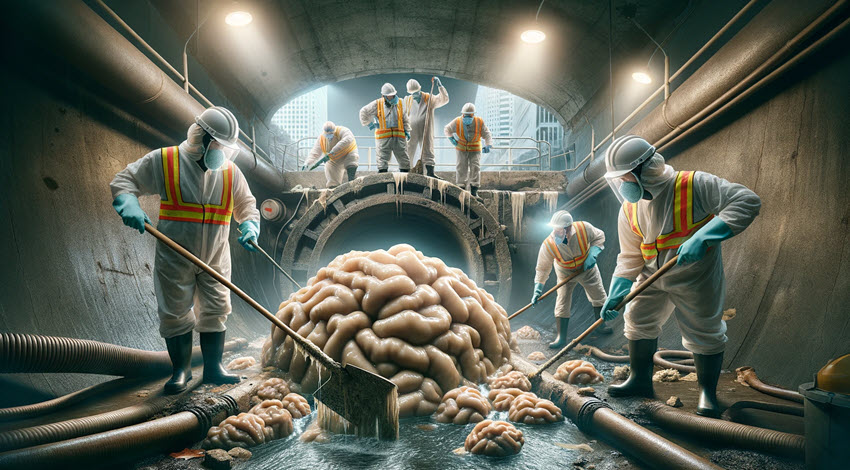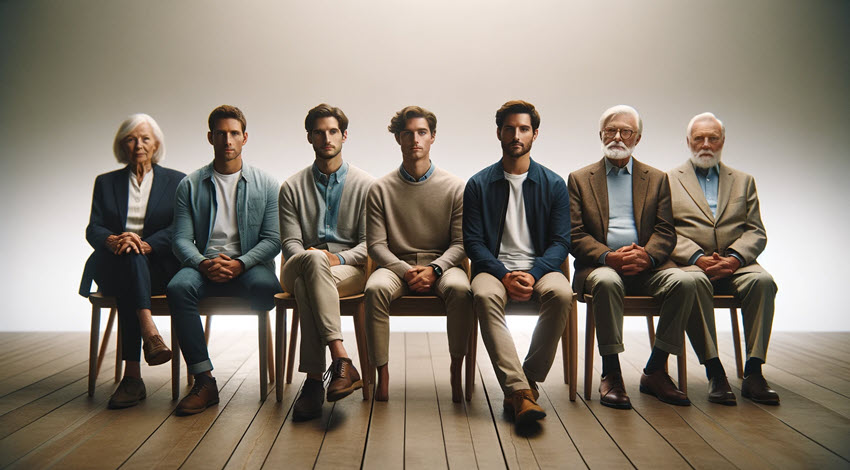
It’s indisputable clean filtered water is your brains best friend
The Power of Hydration: Unlock Your Potential with Filtered Water and Taqua Taps
Filtered water and the myriad benefits of one of life’s most essential components – water. This clear, life-sustaining liquid isn’t just for quenching thirst. Instead, it’s a key player in maintaining mental agility, managing weight, and promoting youthful vitality.
And with the Taqua water filter taps from Whywait Plumbing, you can enjoy these benefits with every sip of pure, filtered water.
Water: The Brain’s Best Friend
Did you know that your brain is composed of around 73% water? That’s right, and it isn’t just grey matter or a repository for your favourite trivia. When hydration levels dip, cognitive abilities like focus, memory, and basic thinking can take a hit. It’s as if your brain decided to clock out early from a party it was hosting.
But don’t worry, you’re not losing your marbles – a glass of filtered water from your Taqua water filter tap might just be what you need!
Hydration: A Simple Weight Management Strategy
Here’s a free health tip: the next time you’re peering into the fridge, reach for a glass of sparkling filtered water. It’s the ultimate diet-friendly beverage – zero calories, no sugar, and completely natural.
Consuming water before meals sets the stage for the upcoming food, helping you to feel fuller faster, which may lead to eating less.
Simple, isn’t it? It’s not magic, just hydration at work.
Stay Young with Water from Your Taqua Water Filter Tap
Are you chasing the elixir of youth? Look no further than your Taqua taps and your water glass. Adequate hydration keeps your skin supple, your eyes bright, and your joints flexible.
After all, a dehydrated fruit turns into a prune, and let’s be honest, nobody wants to resemble a prune, do they?
Taqua: Your Route to Pure Hydration
Hydration is crucial, but the quality of your water is equally important. That’s where Taqua water filter taps come into play. They provide top-notch filtered water straight from your tap, ensuring each sip is as pure as nature intended. It’s not just about health, it’s about taste too. No more tasteless water, with Taqua, every glass is a refreshing experience.
Remember, over-hydration isn’t the goal here. Balance is key. Your body has an intelligent way of telling you when it’s thirsty. Listen to it. If you’re experiencing dry mouth, fatigue, or even a headache, it might be time to visit your friendly neighbourhood tap – preferably one fitted with a Taqua filter!
In essence, with the proper hydration strategy, and a Taqua filter at your disposal, you’re well on your way to a sharper, trimmer, and youthful you. Now, isn’t that a refreshing thought?
TAQUA T-3 FULLY INSTALLED FROM ONLY $750 inc GST*
Whywait Plumbing Service is proud to be the Gold Coast’s #1 distributor of Taqua. As licensed plumbers, you don’t need to go anywhere else. We will supply and install the world’s best water filter tap with a five-year guarantee available.












